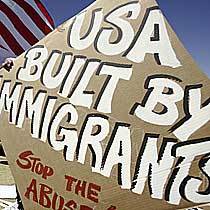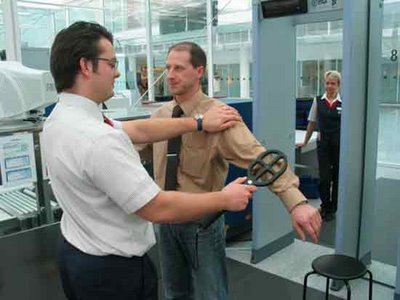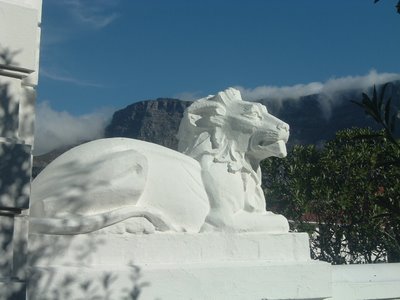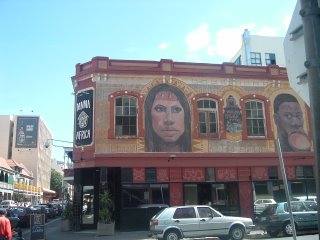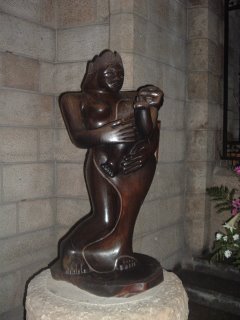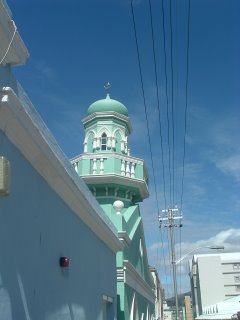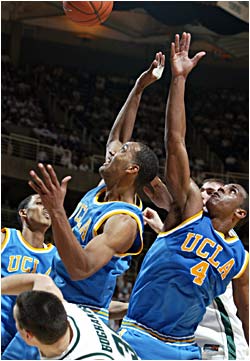Making Things Right

My time in South Africa got me thinking about the importance of making things right after you’ve made ‘em wrong.
Old timey Christians used to call that penance.
Current pop Christian culture and secular therapeutic culture are both big on forgiveness. Asking for forgiveness and giving forgiveness and forgiving yourself are at the heart of our soul sense right now. That’s all to the good.
More serious spiritual types outside of the mainstream are into what our ancestors used to call repentance. That means turning your life around and living differently after you figure out you’re not getting it right. That’s even more to the good.
But penance has sort of dropped out of our religious and psychological vocabulary. I’ve heard hundreds of sermons on forgiveness and repentance but I don’t recall hearing much about making things right after you’ve made ‘em wrong.
Medieval Christians thought penance was pretty important to a healthy soul. They believed that genuine forgiveness and repentance could only happen if the wrong doer did everything in their power to make things right. They even came up with a place after death called purgatory where you could finish up your penance before you graduated to heaven.
In that "paleo-view" of the world they recognized that sometimes you could restore what was lost and sometimes you couldn’t. If you stole money from someone you could restore it in full. If you took someone’s life or their future, you could only do your best to pay back "pennies on the dollar." They thought if you couldn’t pay things back in full you should undergo an ordeal of suffering to make amends and to understand in a deep way what you’d inflicted on others. They believed that was the only way to be saved.
Saw The Three Burials of Melchiades Estrada and Tsotsi in the past couple of weeks. Wonderful flicks. Both of them about penance. I can’t remember a movie since The Mission way back in the 80’s that took that idea seriously. The LA Times ranked Three in their top 5 flicks of 05 and Tsotsi won the Academy Award for best foreign film. The first 30 minutes of Three are hard to sit through but it’s worth the wait.
The Three Burials is about a border patrol agent living in a version of hell (a small border town in Texas :^). He’s arrogant and careless and accidentally shoots and kills an illegal immigrant cowboy. The Mexican cowboy’s close friend--an old white Texan played by Tommy Lee Jones--promises his friend Melchiades that he’ll take his body back to Mexico for burial if he dies. When he learns his friend has been killed by the border patrol agent and that the local sheriff isn’t going to do anything about it, he kidnaps the border patrol agent and digs up the body and takes ‘em both on horseback to Mexico to fulfill his promise.
I won’t give away more details, but it’s a moving and very Catholic take on someone forced to do penance in order to find forgiveness and redemption. Powerful ending. Might have some relevance for the current illegal immigration debate.
Tsotsi is a South African movie. Rebecca took Jan and I to see it today because she thought it captured some of what she experienced in the townships around Cape Town.
Tsotsi’s a young gangster in one of the townships around Johannesburg. He’s a monster in a place that creates monsters. Like Three, the movie is straightforwardly religious without seeming religious at all. South African hip hop. The kind of hip hop with something authentic to say. Tsotsi’s soul gets saved through trying to make right what he made wrong even though he still has to face the consequences of his life. Very creative and unique. The ending is even more powerful than in Three. For those of my friends working with inner city kids, take 'em to see this flick.
Made me wonder when penance ends. You can be forgiven but still be on the hook in the old timey religious way of thinking until things are put right. Does it continue from one generation to another if things still aren't right in even a pennies on the dollar sort of way? Wonder if differences in viewing penance are underneath the debate about affirmative action, dealing with Native Americans, international aid and debt relief, etc?
